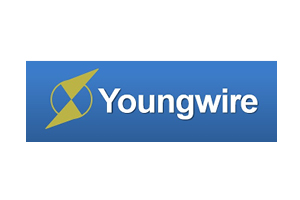
Ms. Sooeun Jang, General Director, Young Heung Iron & Steel Co., Ltd.: "At the beginning of this year we had our 8 x 19 (W) IWRC suspension rope for elevators with 6 and 6.5 mm. outer diameter certified by Liftinstituut in accordance with the European Lifts Directive 2014/33/EU. To obtain certification, the rope had to undergo a stringent evaluation by Notified Body Liftinstituut."
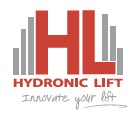
Previously, Liftinstituut presented Hydronic Lift S.p.A with a Certificate of Compliance according to ASME A17.1-2019/CSA B44-19 for its Hydraulic buffer. ISO 17025 calibrated measurement devices were used to check the speed and deceleration of the hydraulic buffer during the tests. The provided specifications and manuals were also checked for this certification.
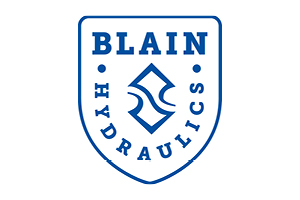
Mrs. Anja Blain, Chief Executive Officer, Blain Hydraulics GmbH: “We had our iL10 and L20 hydraulic valves EU-type certified for a brake element as part of a protection means against unintended downwards car movement. Certification took place according to European Lifts Directive 2014/33/EU and EN 81-20 and -50 standards. These patented products were developed in-house by Blain’s engineering team. To obtain certification, the valves had to undergo a stringent evaluation by Liftinstituut.”
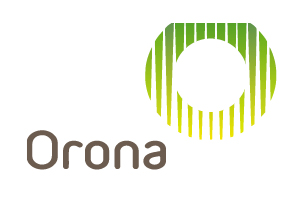
During Interlift 2017, Lars Gustavsson, from the ‘New Products Development’ management team at Orona Spain, received a new Energy Performance Certificate. John van Vliet, Managing Director of Liftinstituut, was on hand to present the certificate. It concerned an EPC certificate label A for the Orona M33v3 and M34 elevators and related to ISO 25745-2. Orona works closely with Liftinstituut on product and EPC certification and, in addition to safety, attaches great value to sustainability.
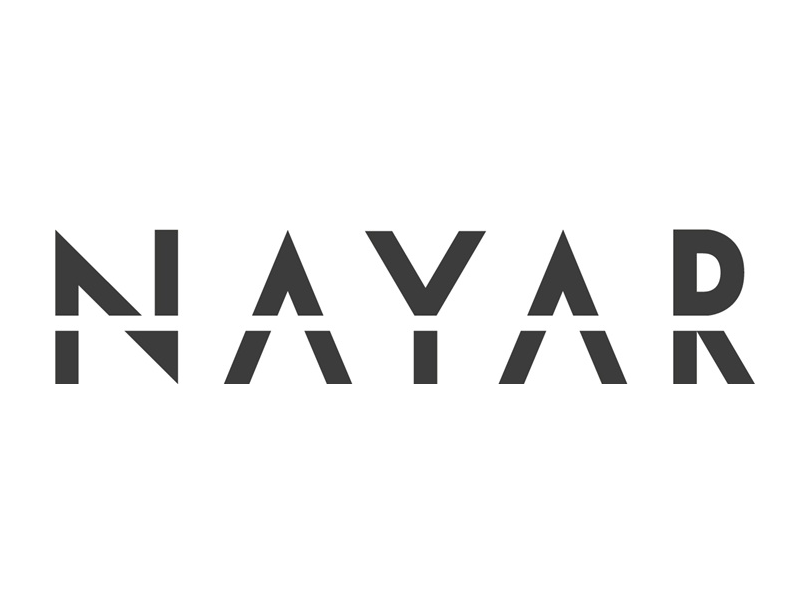
With the new Binary Board V0, NAYAR enables remote monitoring of lift status and safety even without direct access to the controller. The board is connected to various points within the safety chain. To ensure that any possible malfunction of the board would have no impact on the lift's safety functions, the Spanish company had the product certified by Liftinstituut—with great results. Project Manager Vanessa Martinez: “We are very satisfied with the speed and communication.”
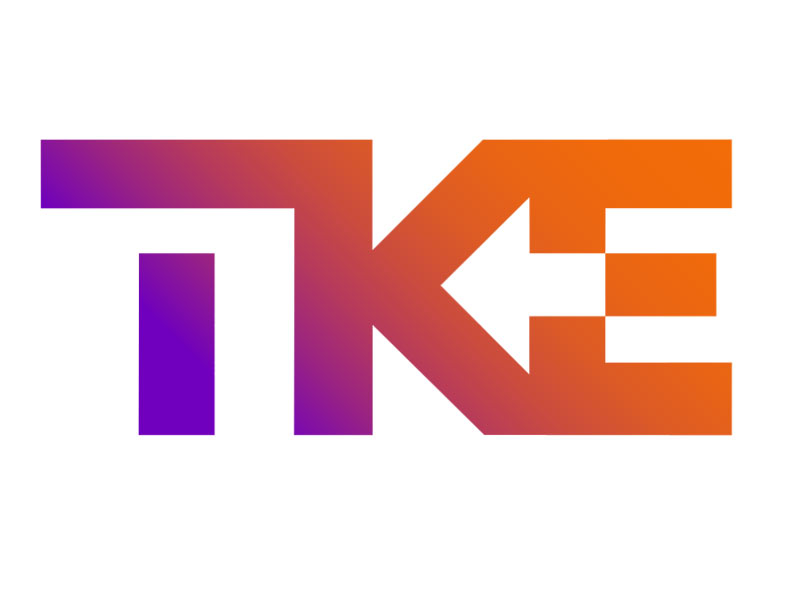
Mr. Phillip Hampton, Chief Engineer – Director of Codes and Standards at TK Elevator Americas: "“The TK TWIN elevator was originally certified in compliance with the European Lifts Directive. The electronic safety system is certified according to the worldwide standard IEC 61508. The North American market requires the elevator to comply with the ASME A17.1/CSA B44 code. Due to its innovative characteristics, the TWIN complies with around 85 percent of this code. For deviations, North America introduced the ASME A17.7/CSA B44.7 Performance-Based Code."
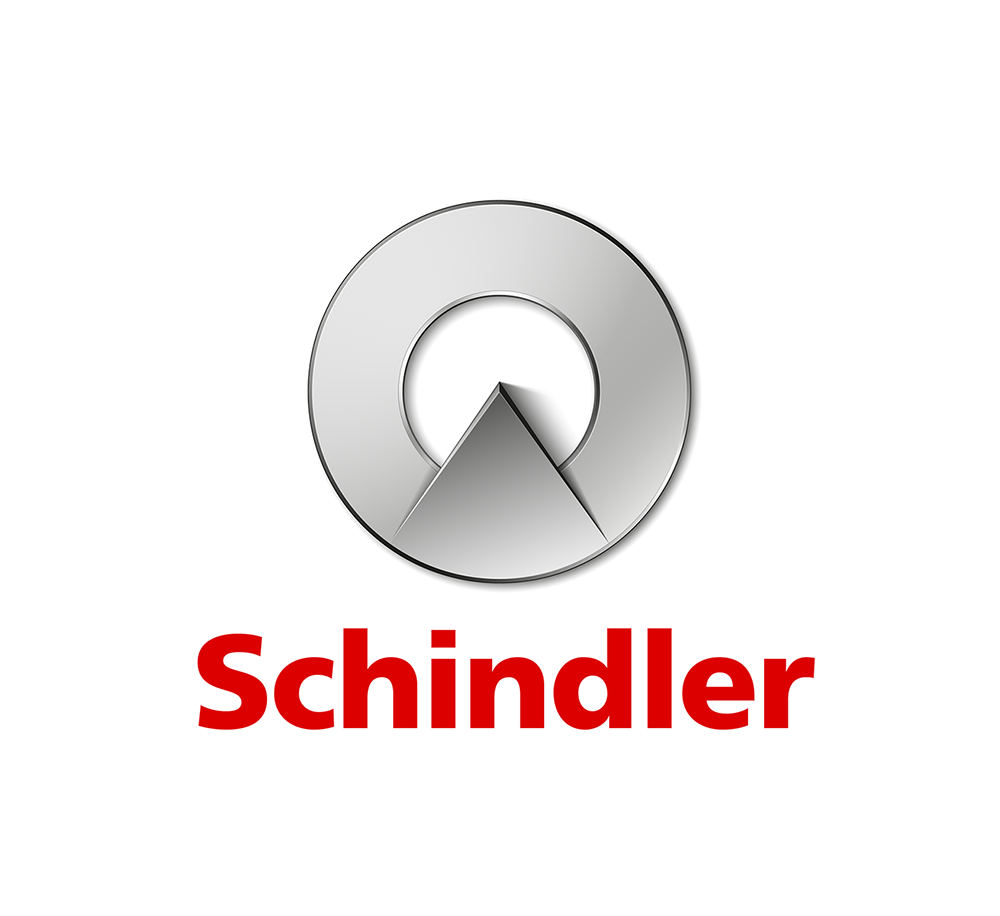
Mr. Lib Li, Manager of Installation Methods, Tolls & Documentation at Schindler (China) Elevator Co., Ltd: “As a result of a cooperation between our company on one hand and Liftinstituut and its agent OUCE on the other, we had our temporary working platform recently certified by Liftinstituut. This platform works for scaffoldless installation of S7000 series high-rise elevators. We call it the scaffold-less installation method H3 + ES5.
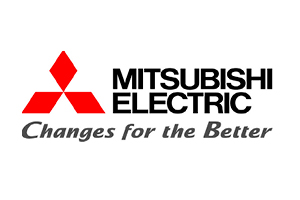
Mr. Yoshikatsu Hayashi, Senior Manager Elevator Development Dept. INAZAWA WORKS - Mitsubishi Electric Corporation: “The Smooth Emergency Terminal Slowdown System (SETS) is a lift safety component. It can drastically reduce the pit depth and overhead rather than the application of the conventional system, because the SETS can smoothly change the overspeed value to a lower level towards the shaft terminal and therefore reduce the buffer stroke simply. ”

Xpertisys’ newly developed EL16 automated pumping system, designed to combat water ingress and damp in lift shafts, has been officially certified by Liftinstituut. Managing Director Chris Banis and Operational Manager Jim Vodegel are delighted with the result. Jim explains: “I’ve worked with certification bodies before, but Liftinstituut has truly exceeded our expectations – in knowledge, in guidance and in the way they communicate.”
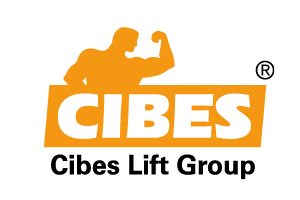
Mr. Johan Strand, project manager R&D, Cibes Lift Group: “Liftinstituut did an EC type examination of the Cibes A5, Platform lift for persons with or without impaired mobility. The platform drive system is a spindle system with double brakes used in several systems from Cibes. The special feature in this EC type examination is that two controllers are involved; an existing computer-based controller with intelligent nodes and a new controller with a PESS system (Programmable Electronic Safety System)."
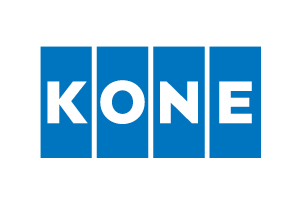
Mr. Dennis Murphy, Installation Manager at KONE Major Projects Americas: “The KONE Jumplift was originally designed based on the European Lifts Directive. The elevator was adapted to fulfill the local electrical and building requirements. The elevator grows with the building and can be used in the meantime for transportation of persons and goods. This gives huge benefits for the builder saving waiting time for builders hoists and continuous availability independent of the weather.”
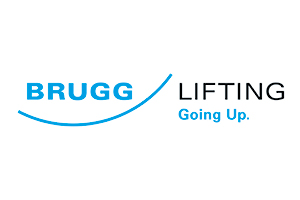
Mr. David Frei, General Manager Elevator Ropes global at BRUGG LIFTING: “End of last year we had our coated suspension rope for elevators with 6.5 mm outer diameter, the CTP 6.5 mm, certified by Liftinstituut. To obtain certification, the rope had to undergo a rigorous and demanding evaluation by Liftinstituut. Liftinstituut examined many aspects of quality control with respect to the manufacture and subsequent inspection of the rope."
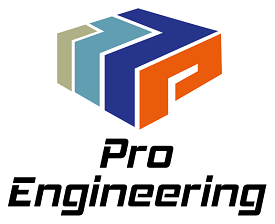
Escalators play a key role in vertical transport within airports, stations, shopping centres and other buildings with large transport flows. If an escalator stops moving due to a malfunction, it must be repaired as soon as possible. But what if the escalator control needs to be replaced? “Until now, it would take eight to twelve weeks to have the control replaced,” says Stefan van der Zee, director of Pro-Engineering. “With our new universal escalator control, suitable for the modernization of all escalator brands, everything is ready within about a week and a half.” Pro-Engineering relied on the expertise of Liftinstituut for the safety certification.
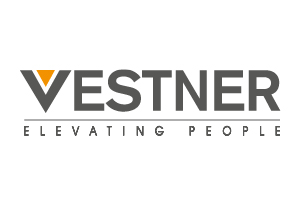
In 2017 Vestner had its Advance 5 lift certified by Liftinstituut. Mr. Helmut Egner, Director Engineering, New Installations and Development of Vestner Aufzüge GmbH: "To obtain certification in accordance with the European Lifts Directive, the lift had to undergo a demanding evaluation by Liftinstituut. It was a rigorous and highly interactive process. We find certification an important element in the marketing of our products.”
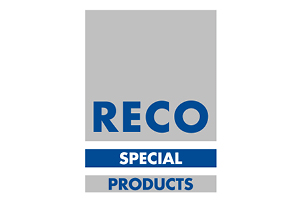
Robert van der Bruggen, manager Reco Special Products BV: “We are happy to introduce the latest addition to our range of temporary lifts as part of Reco Special Products: the Reco Eventlift. The development of this lift was driven by the growing demand for small temporary lifts that are easy to construct at events and other indoor locations. The entire Eventlift is supplied as a set of separate parts in a 20-foot shipping container. As a result, this temporary lift can be installed via a 90 x 200 cm access door. Thanks to the lift’s short step-in height, it can just be placed on the ground.”

After years of preparation, the glass inclined lifts in the pedestrian and cyclist tunnels under the River Tyne are finally in operation. Archi Lift Design (Lift Design) was responsible for the final design and construction, while Liftinstituut certified these one-off elevators. Paul Britton, Managing Director of Lift Design, shares his experiences on the project and on the collaboration with the Dutch notified body.
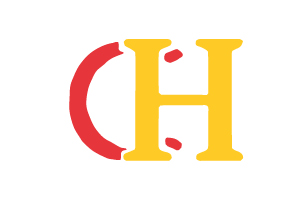
Mr. Chang Chi Chung, Managing Director, CHYIHER Industrial Company Limited: “We had our CHYIHER CH-256 control panel certified by Liftinstituut. Certification took place according to European Lifts Directive and EN 81-20 and -50 standards. The whole process was an excellent exercise for CHYIHER internally and the type approval will really support our marketing efforts in Taiwan and abroad.”
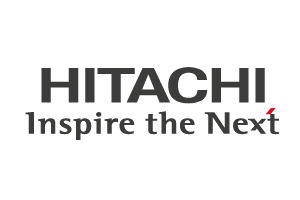
Mr. Hidenori Sekine, Elevator Development Dept. Hitachi, Ltd. Building Systems Business Unit: “Hitachi’s PES-02 electronic safety controller is a SIL 3 certified electronic safety device that is intended to be applied as an ‘add-on system’, independent from the elevator control system. It is able to fulfill several safety functions like amongst others check of emergency terminal slowdown and ascending car overspeed and detection of unintended car movement with open doors. We selected Liftinstituut for this PESS certification.”
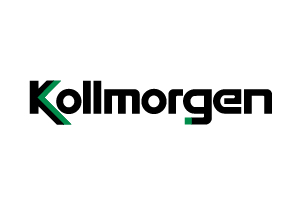
Mr. Lars Kollmorgen, Managing Director of Kollmorgen Steuerungstechnik GmbH: "“In 2012 we, as a German manufacturer of control systems and components for the international elevator industry, had a couple of our UCM solutions to be certified according European standard. As Liftinstituut is being considered one of the leading elevator certification bodies in Europe, we decided to work with them for the very first time."

Last year, GENESIS had a whole range of its lift landing doors certified by Liftinstituut according to the European Lifts Directive and EN 81-58:2018 standard. Its certification was based on the extensive fire resistance testing of these doors by the ISO 17025 accredited China Academy of Building Research (CABR) in Beijing.





